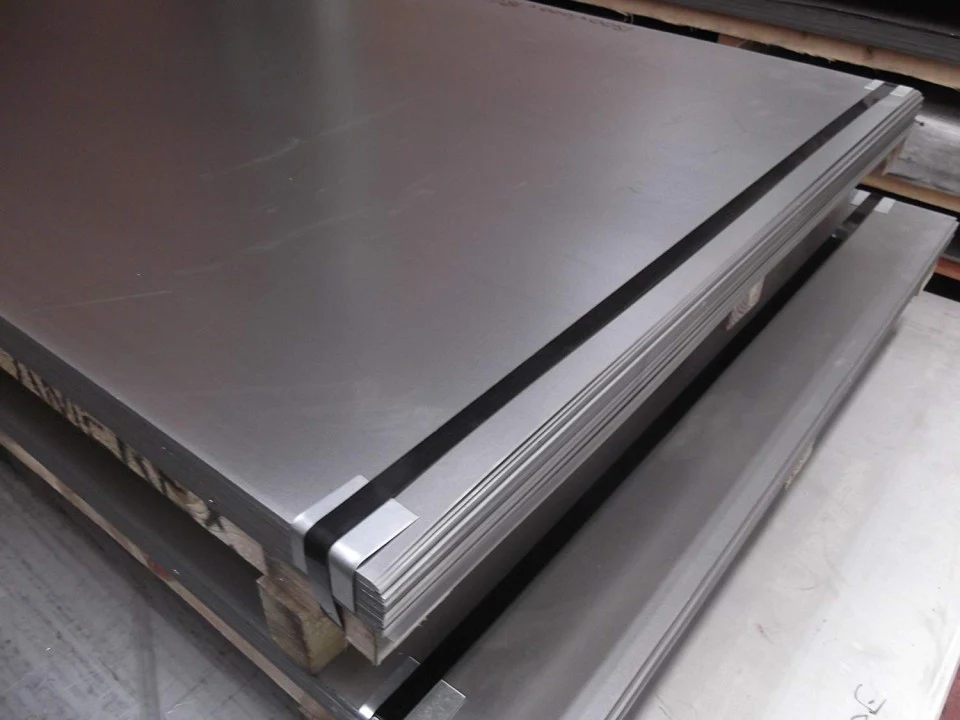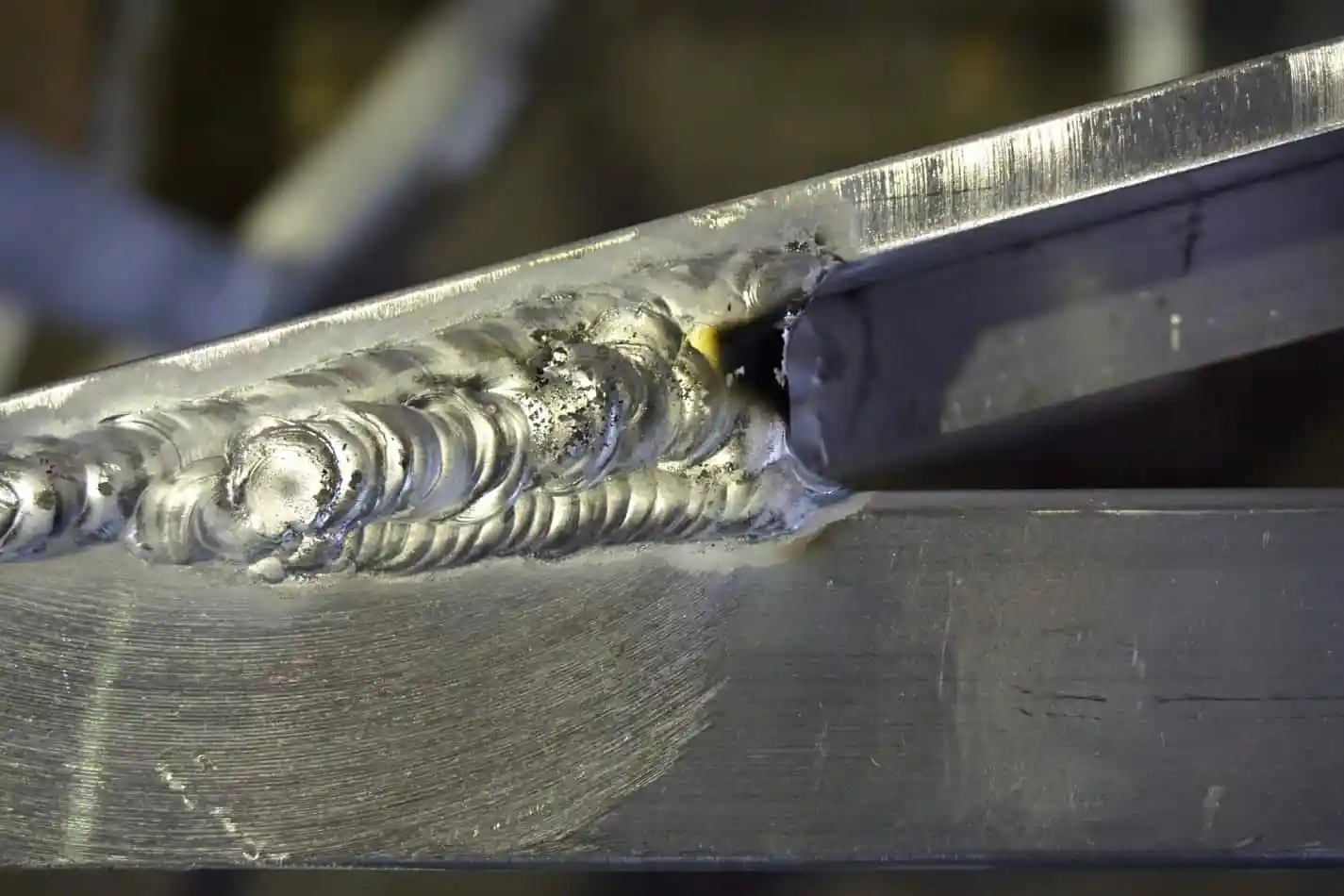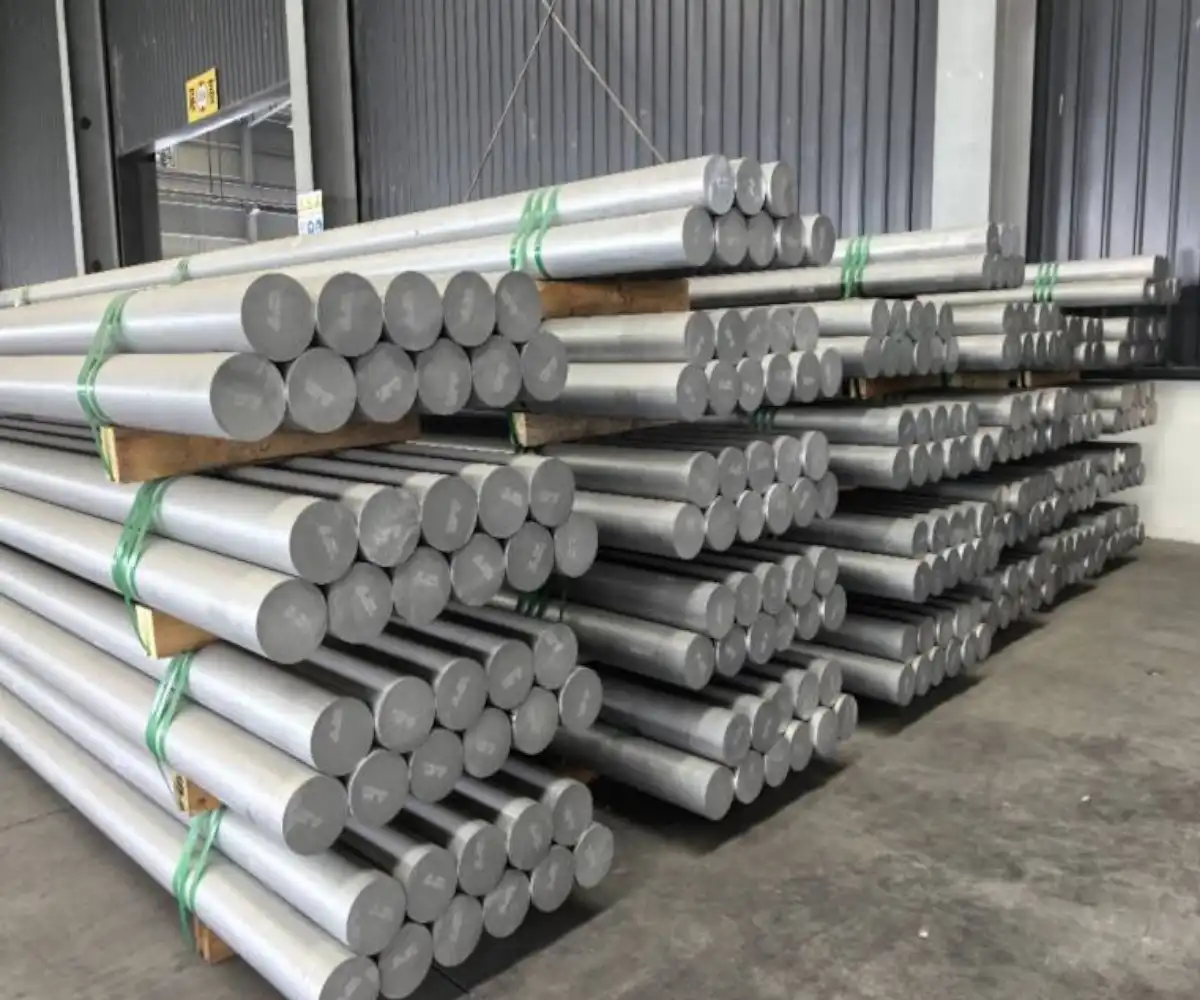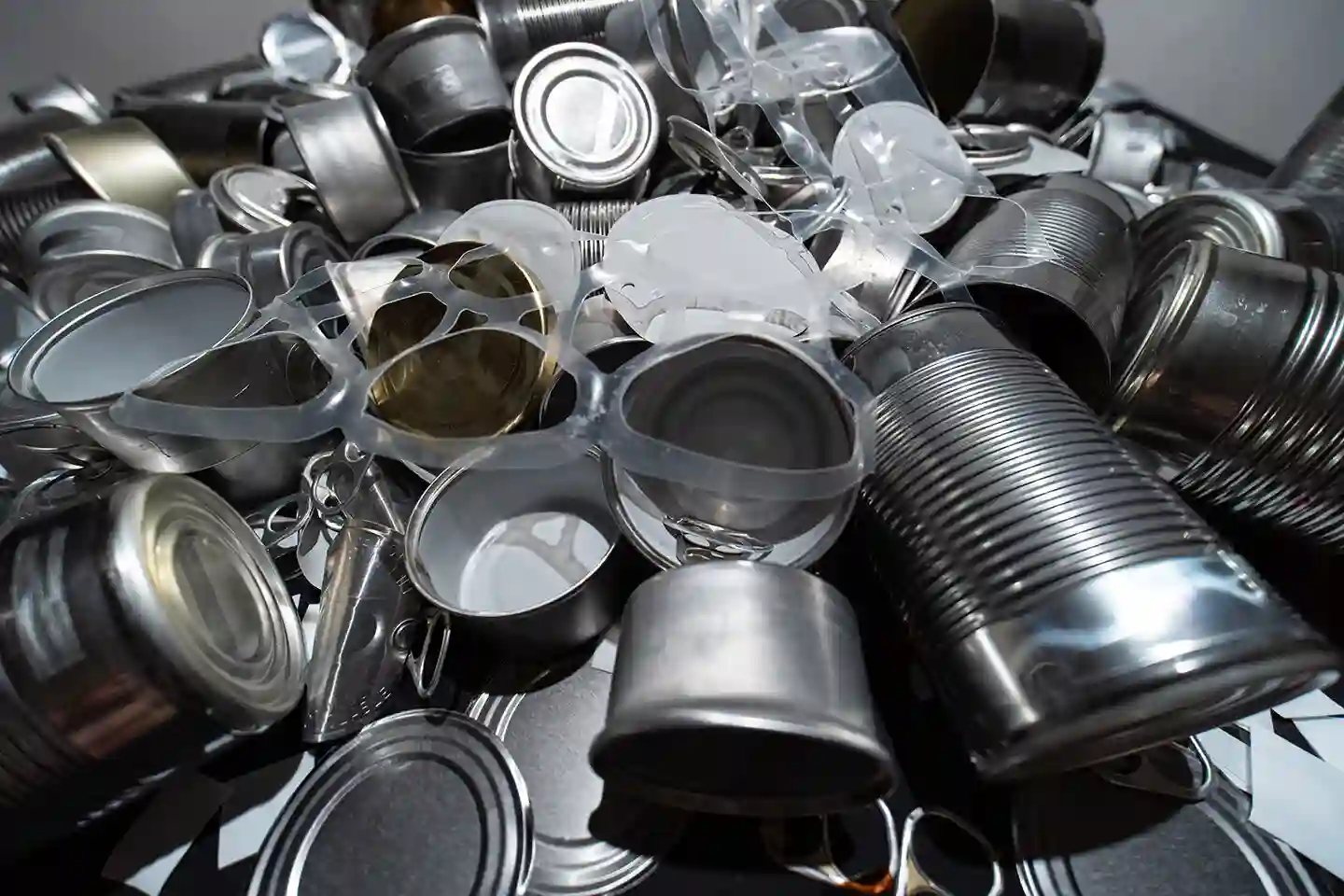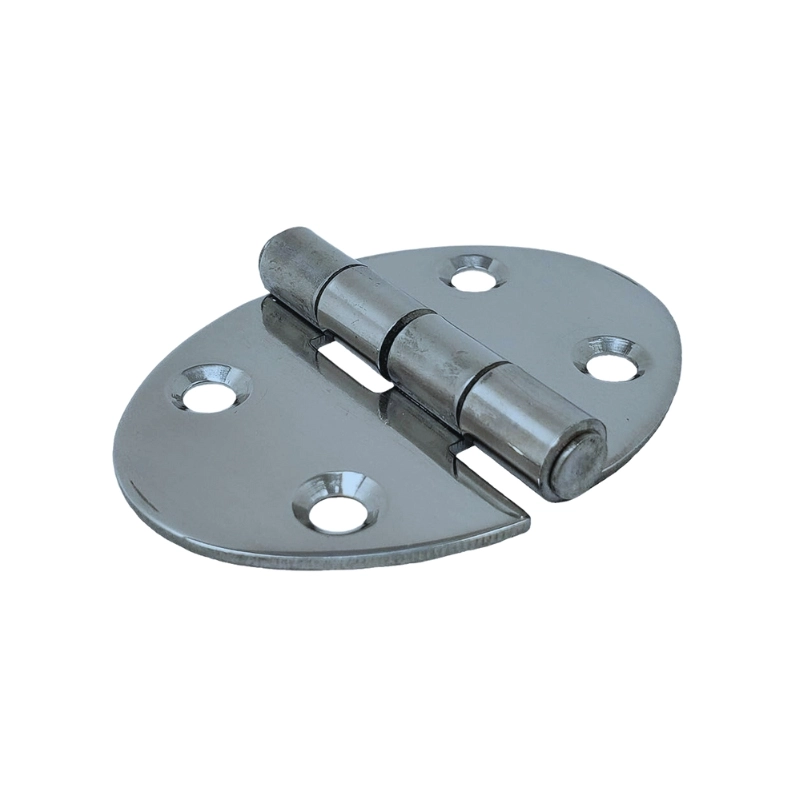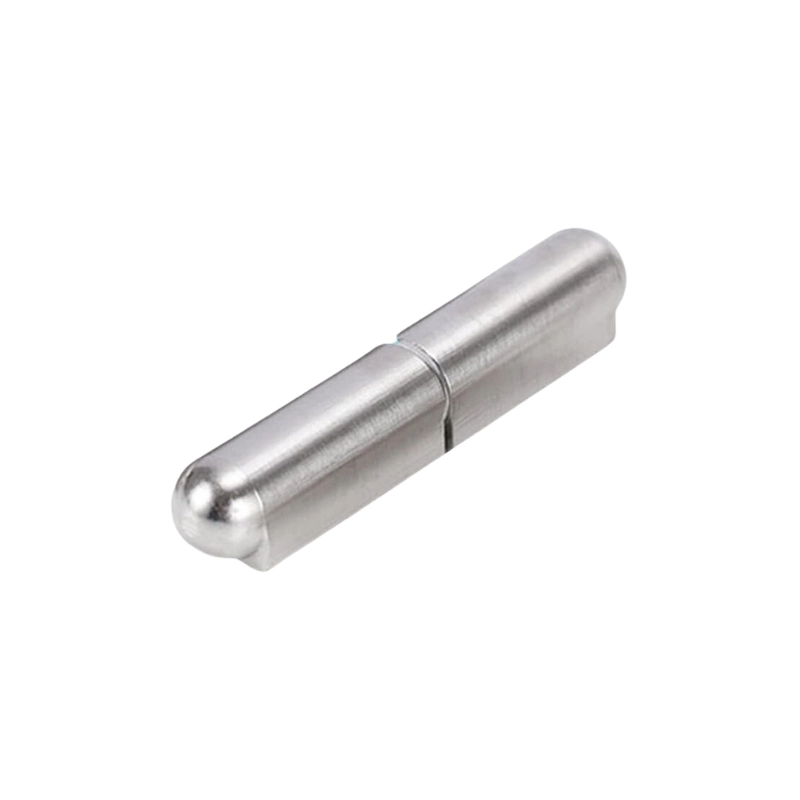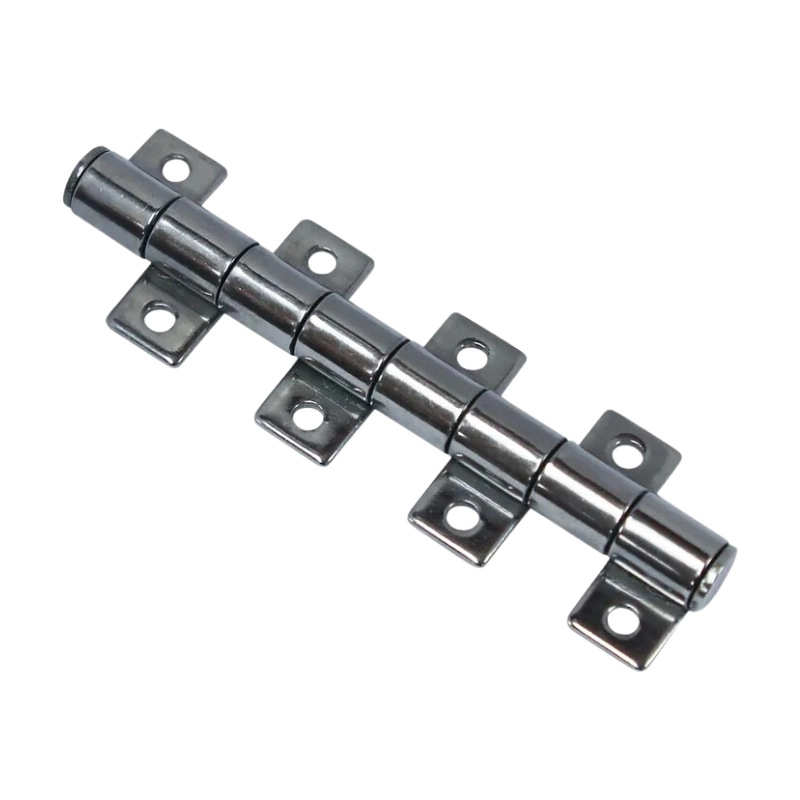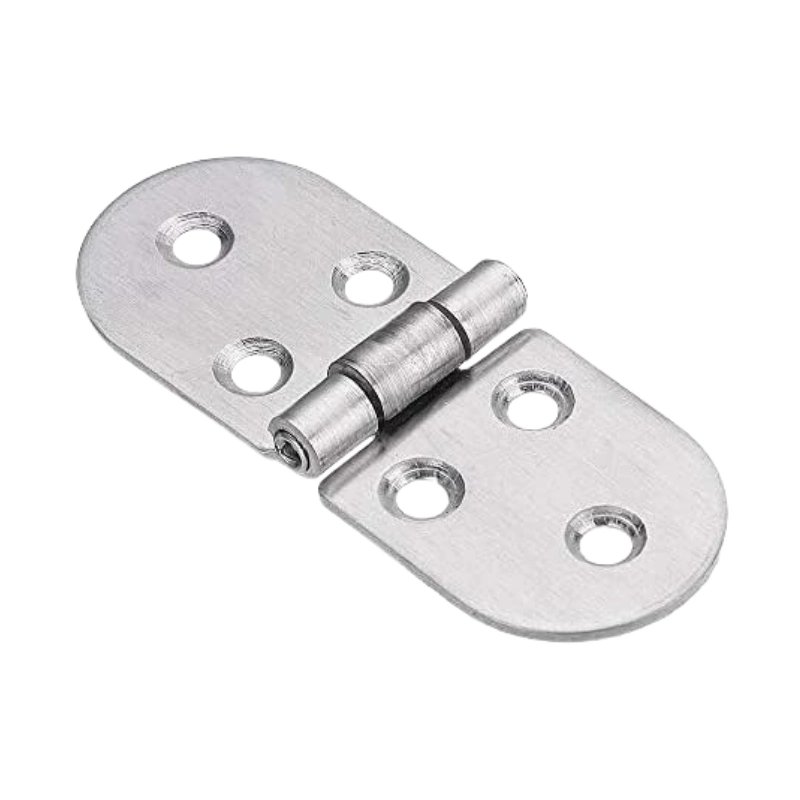When choosing stainless steel for industrial or consumer applications, selecting the right grade is critical. Among the many options available, 410 stainless steel stands out due to its unique combination of strength, corrosion resistance, and affordability. In this article, we’ll shed light on the material properties, composition, and applications of 410 stainless steel, and compare it with other popular stainless steel grades like 304 and 316.
What is 410 Stainless Steel?
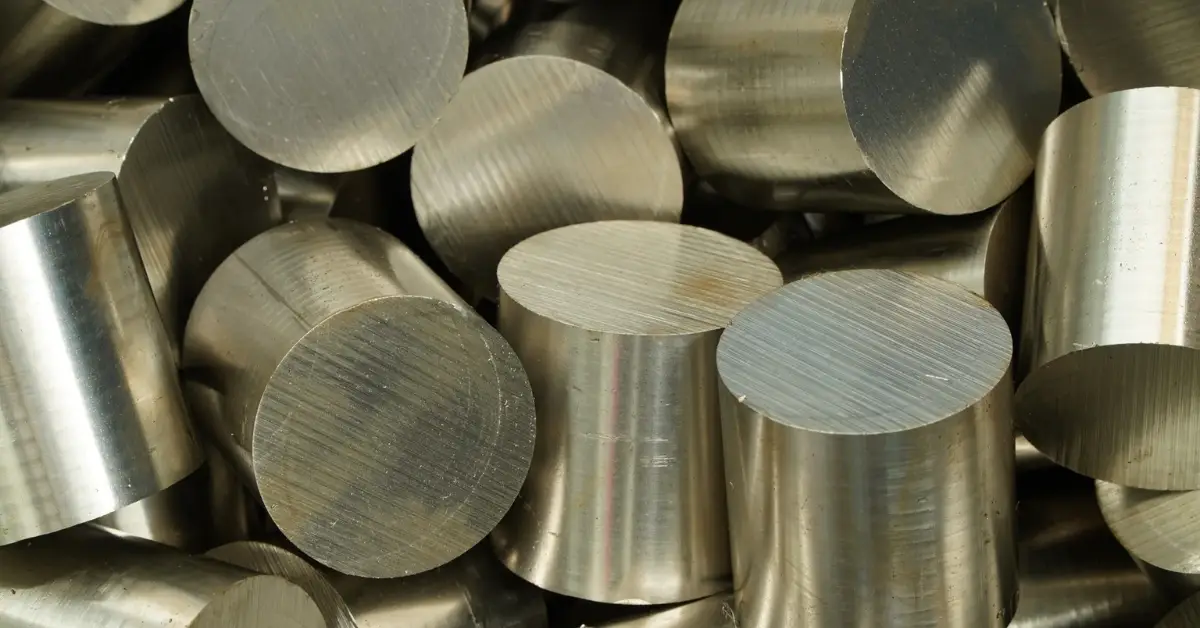
410 stainless steel is a martensitic stainless steel that contains 11.5–13.5% chromium, providing moderate corrosion resistance and excellent strength. Unlike austenitic grades like 304 or 316, 410 is magnetic due to its body-centered cubic (BCC) crystal structure. It is commonly used in applications where both wear resistance and corrosion resistance are required.
Key Material Properties of 410 Stainless Steel
Understanding the material properties of 410 stainless steel is essential for determining its suitability for various applications.
- Устойчивость к коррозии
410 stainless steel offers moderate corrosion resistance, making it suitable for environments with limited exposure to harsh chemicals or marine atmospheres. - Механическая прочность
The martensitic structure of 410 provides excellent mechanical strength, making it ideal for high-stress applications like turbine blades and cutlery. - твердость
410 stainless steel exhibits impressive hardness, which can be enhanced through heat treatment. Its hardness ranges between 200-500 HBdepending on the tempering process. - Магнетизм
Unlike other grades, 410 stainless steel is magnetic. This makes it distinguishable and suitable for applications requiring magnetically responsive materials.
410 Stainless Steel Composition
The composition of 410 stainless steel primarily consists of:
Элемент | Percentage |
Хром | 11.5–13.5% |
Углерод | 0.08–0.15% |
Марганец | Max 1% |
Кремний | Max 1% |
Фосфор | Max 0.04% |
сера | Max 0.03% |
This combination of elements contributes to its martensitic microstructure and corrosion resistance.
304 vs 316 vs 410 Stainless Steel: Key Differences
There are often questions regarding the comparison of 316, 410, and 304 stainless steel based on their key properties and uses. Here is a table summarizing the key differences between the three grades of Stainless Steel:
Свойство | Нержавеющая сталь 410 | ||
Устойчивость к коррозии | Умеренный | Excellent | Superior (resists chlorides) |
Прочность | Высокая | Умеренный | Умеренный |
твердость | Can be heat-treated | Cannot be heat-treated | Cannot be heat-treated |
Магнетизм | Magnetic | Немагнитный | Немагнитный |
Composition (Key Element) | 11.5–13.5% Chromium, 0.08–0.15% Carbon | 18–20% Chromium, 8–10.5% Nickel | 16–18% Chromium, 10–14% Nickel, 2–3% Molybdenum |
Heat Treatability | Yes | Нет | Нет |
Прочность на растяжение (МПа) | 450–700 | 500–700 | 485–620 |
Приложения | Cutlery, valves, fasteners, turbine blades | Kitchen utensils, piping, automotive parts | Marine environments, chemical equipment |
Расходы | Низкий | Умеренный | Высокая |
Износостойкость | Высокая | Умеренный | Умеренный |
Applications of 410 Stainless Steel
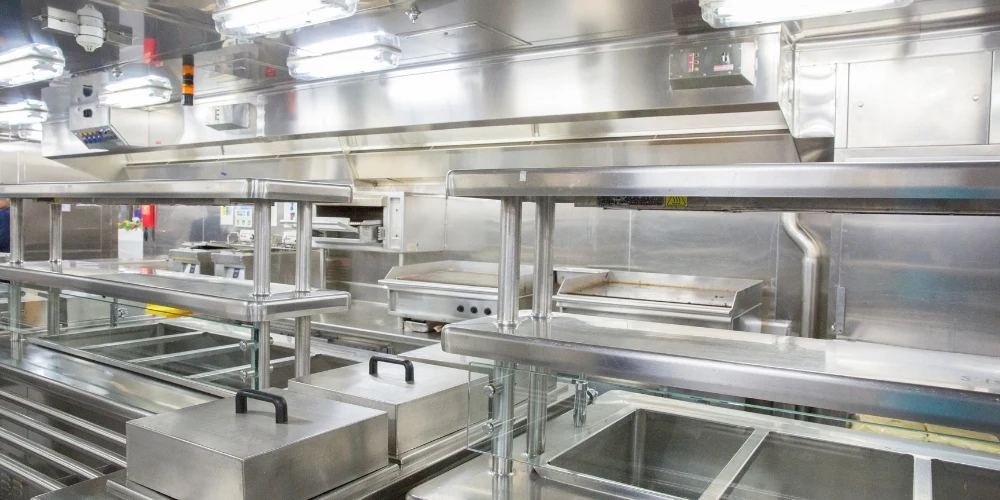
- Cutlery and Kitchen Utensils: Due to its hardness and wear resistance, 410 is perfect for knives, forks, and other utensils.
- Turbine Components: Its ability to withstand high stress makes it ideal for steam and gas turbine blades.
- Автомобильные запчасти: 410 stainless steel’s durability is valued in manufacturing components like valves and springs.
- Промышленное оборудование: It is often used for fasteners, shafts, and piping in moderate environments.
Advantages and Limitations of 410 Stainless Steel
One of the key advantages of 410 stainless steel is its heat treatability, allowing its mechanical properties to be enhanced through processes such as quenching and tempering. This flexibility makes it a preferred choice for applications requiring high strength and hardness. Additionally, 410 stainless steel is known for its affordability, offering a cost-effective alternative to more expensive grades like 304 or 316, without compromising on basic performance requirements. Its magnetic properties further distinguish it, making it an ideal material for uses that require magnetic responsiveness.
However, 410 stainless steel does come with certain limitations. Its corrosion resistance is lower compared to grades like 304 and 316, making it less suitable for environments with high moisture, chemicals, or salt exposure. Furthermore, while its hardness can be significantly increased through heat treatment, this can result in the material becoming brittle, potentially limiting its applications in scenarios requiring both toughness and hardness. Understanding these advantages and limitations is crucial for selecting 410 stainless steel for the right applications.
Вывод
410 stainless steel is a versatile material that offers a balance of strength, hardness, and moderate corrosion resistance. It’s an economical choice for applications requiring magnetic properties and excellent wear resistance. While it may not match the corrosion resistance of 304 or 316, its mechanical advantages and cost-effectiveness make it a popular choice across various industries.
If you’re selecting stainless steel for your next project, consider whether the unique properties of 410 align with your requirements. For more guidance, consult with material specialists or reach out to suppliers who can help you find the best solution.
Узнайте больше из наших сообщений в блоге.
Недавние Посты
Узнайте больше о нашей продукции.
сопутствующие товары
Мгновенная цена!
